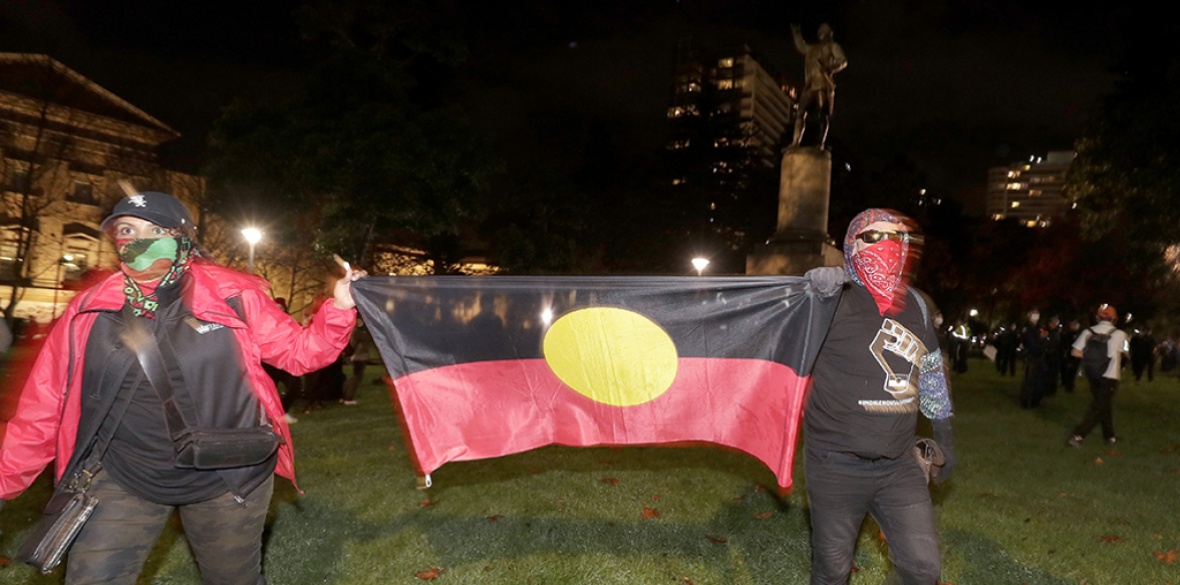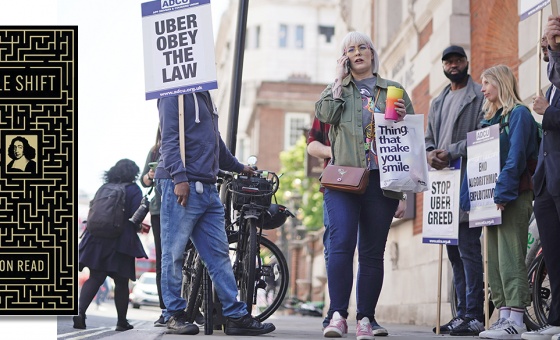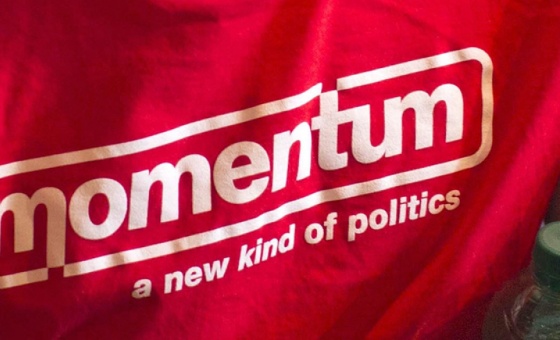This is the last article you can read this month
You can read more article this month
You can read more articles this month
Sorry your limit is up for this month
Reset on:
Please help support the Morning Star by subscribing here
THE Tjiwarl Aboriginal people have filed a claim against the Western Australian government over the destruction of cultural and heritage sites on land granted to mining companies.
The action comes after the government ruled out further protection earlier this month for Aboriginal heritage sites at risk of demolition.
This decision was made after the Rio Tinto mining company destroyed a 46,000-year-old heritage site at Juukan Gorge last month.
The mining giant confirmed that it had detonated explosives near two culturally significant sites in the Pilbara region, known for its vast mineral deposits and particularly iron. It is also a global biodiversity hotspot for subterranean fauna.
Rio Tinto’s global chief, Jean-Sebastien Jacques, issued an apology following an international backlash and pressure from shareholders.
“We are very sorry for the distress we have caused the PKKP [Aboriginal Corporation] in relation to Juukan Gorge and our first priority remains rebuilding trust with the PKKP,” he said.
Aboriginal groups also fear the destruction of at least 40 sites in the Pilbara region by the BHP Billiton mining company, despite it being aware of opposition to the plans from the local community.
Protests forced the company to backtrack, saying it would not go ahead without “further extensive consultation” with the traditional owners, the Banjima people.
Two claims were filed by the Tjiwarl on Friday over concerns that multinational companies’ building of fences and roads while plundering the region’s resources has denied them access to sacred heritage sites and stops them passing down cultural knowledge to young people.
It claims more than 3,000 square miles of land under its aboriginal title, including the town of Leinster and cultural sites that are at least 10,000 years old.
Tjiwarl Aboriginal Corporation chief executive Greg Ryan-Gadsden said: “Something so wonderful that has been preserved for tens of thousands of years is potentially at risk.
“We can’t access all of the areas, and this causes a lot of shame for our people because we can’t meet our cultural responsibilities. This case will be about the cultural value, the special value of the country.”
The current Aboriginal Heritage Act was introduced in 1972 to protect “sacred or otherwise culturally significant” sites from destruction by mining and other companies.
But a clause, known as Section 18, allows companies to apply for permission to destroy Aboriginal land. It does not give traditional owners a right of appeal or even a right of reply.
Since 2010 there have been 463 applications. None of these have been refused.











